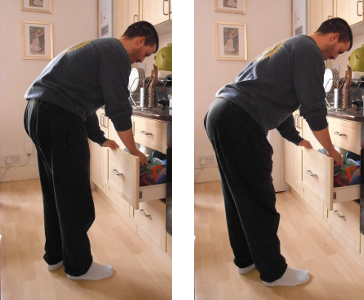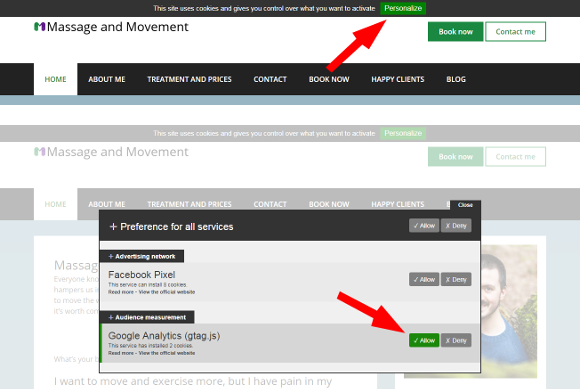This week’s blog is a bit shorter, and contains a single trick to improve your sitting posture by a lot! When thinking about posture, many people think of their shoulders, upper back, and maybe neck. This is all well and good, but if you only concentrate on these areas, you’ll miss out on a very important part of your anatomy when it comes to posture, and in particular sitting posture: your pelvis. Indeed, everything else is stacked on top of your pelvis, and when you’re sitting, the pelvis supports the majority of your weight. Therefore, it’s basically the structural foundation of your body. For this reason, it is very important to have your pelvis in a good position when you’re sitting.
What is a good sitting position for your pelvis, then? The vernacular language is here to help us: we have “sit-bones”, so let’s sit on them! There are basically two ways to sit on your pelvis: either only on your sit-bones, or on your sit-bones and coccyx (or “tail-bone”). Sitting on your sit-bones allows your pelvis to be in a position very close to when you’re standing, and hence support the spine in a neutral position with minimal effort.

Pelvis picture from Arthur Thomson’s “A handbook of anatomy for art students”, the 4th edition of which is in the public domain.
If you sit on your sit-bones and tail-bone, the “foundation” of your spine will be slanted backwards, and to allow your head to be roughly over your pelvis and in a vertical position (so that you can read, write, eat, look forward, …), your whole spine will have to curve forward, and that will negatively affect your posture, as seen in the picture below. Compare it to the previous one; the only thing I changed was the position of my pelvis, but can you see how bad my shoulder posture is also? How curved my neck is? You can also notice how taller I look in the first picture.

Pelvis picture from Arthur Thomson’s “A handbook of anatomy for art students”, the 4th edition of which is in the public domain.
So here you are: a simple way to make your sitting posture better, and easier to maintain. If you struggle to get your pelvis vertical, it might be because your hamstrings are a bit tight. In which case, you can work on stretching them (last week’s post can help, and I will surely write a post on that at a later date), but also and more simply, allow your knees to bend more as you sit, letting your feet go under your seat (I know this is not ideal on the long run, but in my book, pelvic placement is more important than foot placement, and properly positioning your pevlis will also, slowly, allow your hamstrings to relax and lengthen).
Want more like this?
Check out the following blogs from massage therapists I know from around London:- On The Run Health and Fitness on running, nutrition and sports massage.
- The Soma Room on sports massage and exercise.




It seems to me that you are completely ignoring people with anterior pelvic tilt. My natural inclination is anterior pelvic tilt and forward head. Bringing myself to neutral spine makes me feel shorter.
In this article I didn’t take into account pelvic tilt tendencies indeed, because the cultural tendency to slouch-sit seems overwhelming. As for what you’re describing, have you tested your feeling in a mirror? To me it seems that either what you describe as your natural tendency is sitting properly, and for some reason that’s not how you percieve it from the inside, or that your tallness feeling is inacurate.